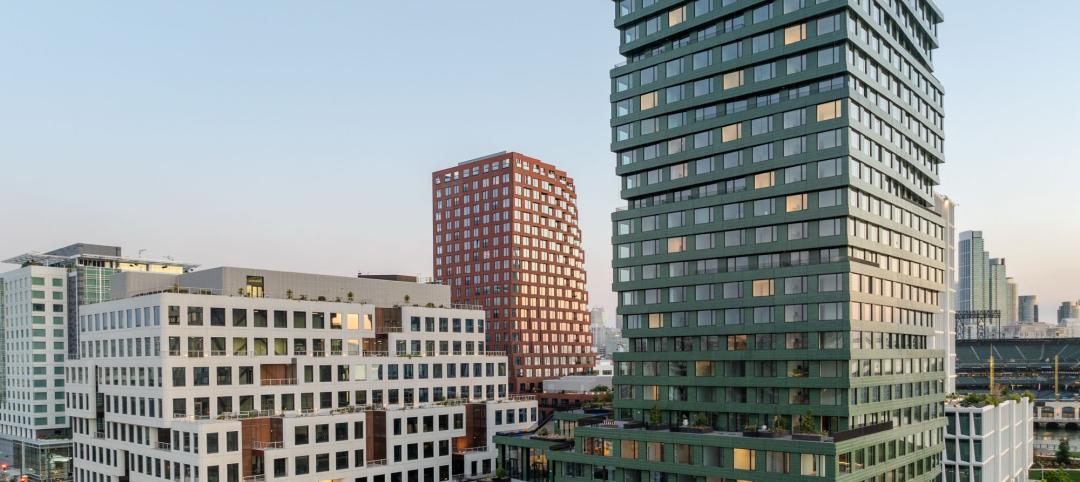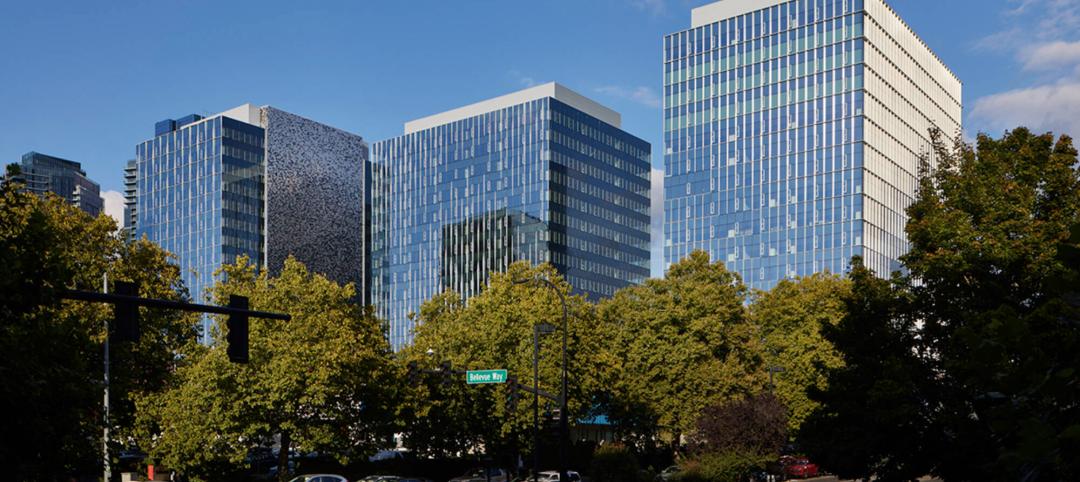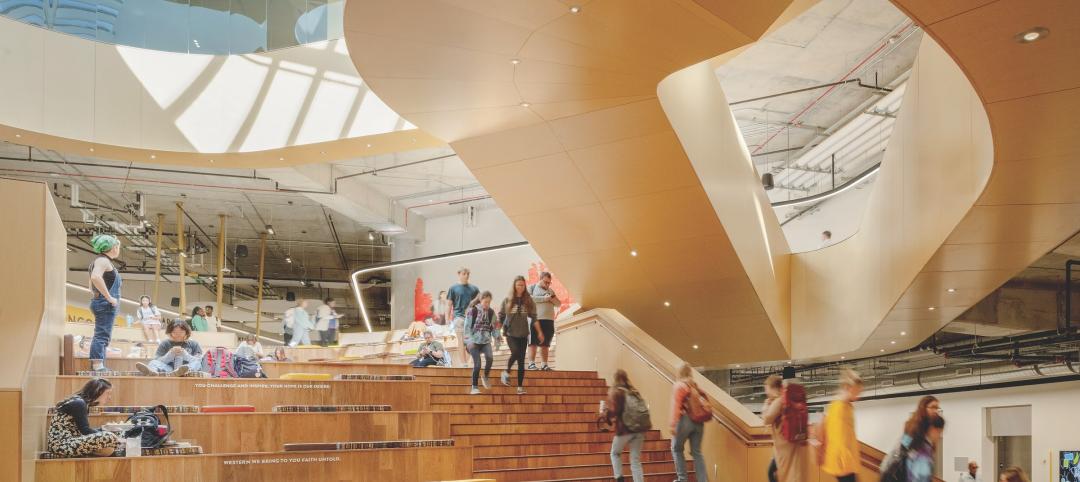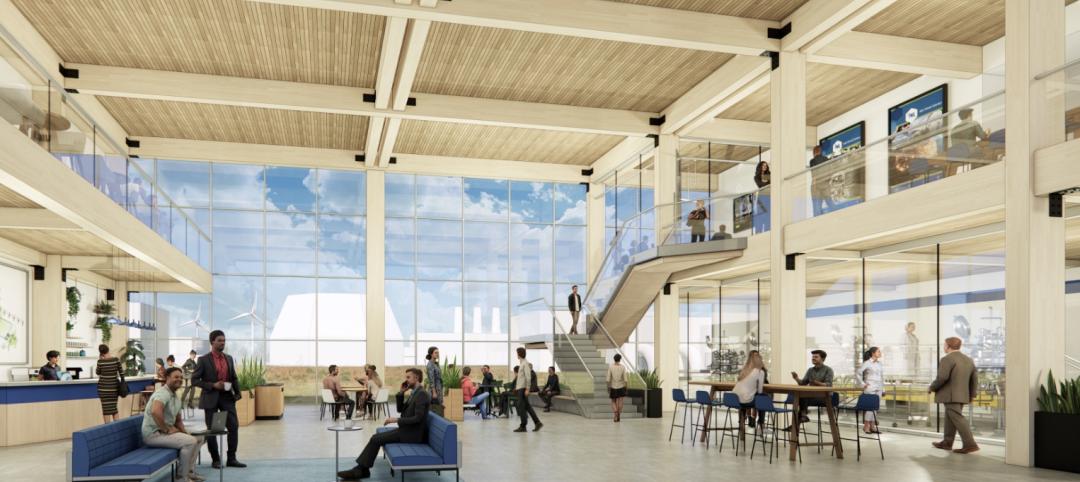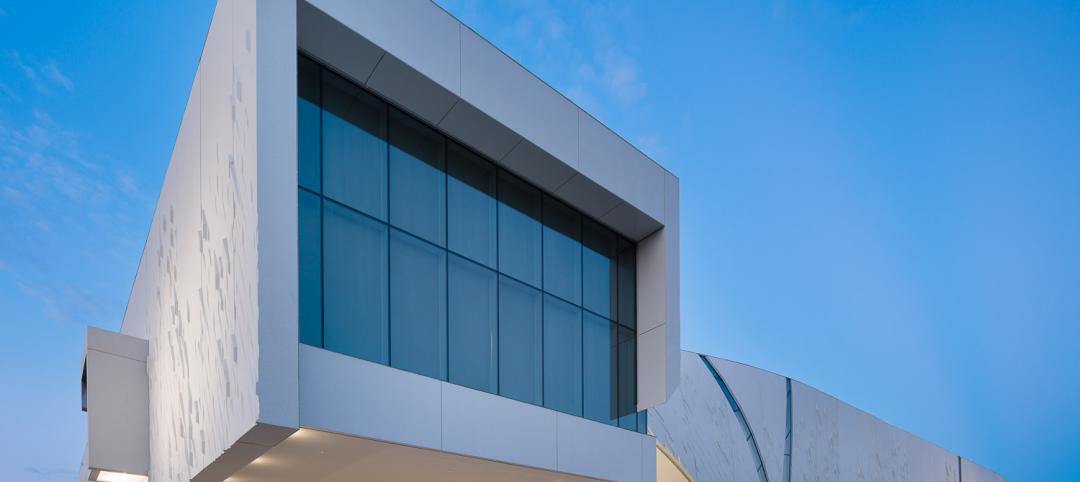Clemson University has been in the spotlight for the past few months thanks to its thrilling BCS National Championship win. But that doesn’t mean other departments within the university aren’t pulling their weight, too.
Clemson’s School of Architecture has recently received attention for its new framing method: the Sim[PLY] Framing System. The system is created from locally sourced plywood and uses a computer numeric control (CNC) fabricator to cut the components. After being pre-cut and pre-measured, the framing can be flat-packed for shipment, which allows for the use of small transport vehicles.
Beyond the sustainability and transportation benefits, Sim[PLY] provides strong thermal performance. “The wall cavity depth can be easily scaled up or down, for greater or less insulating value, as needed,” says Dustin Albright, Assistant Professor, Clemson School of Architecture. “Moreover, Sim[PLY] walls have minimal thermal bridging compared to inline framing. These measures would otherwise require offset studs or Larsen truss construction, if using conventional lumber.”
 The base of a Sim[PLY] Framing System wall prior to standing it. This wall was part of the initial prototype of the Indigo Pine House, Clemson’s 2015 Solar Decathlon entry. Courtesy Clemson University School of Architecture.
The base of a Sim[PLY] Framing System wall prior to standing it. This wall was part of the initial prototype of the Indigo Pine House, Clemson’s 2015 Solar Decathlon entry. Courtesy Clemson University School of Architecture.
What is really helping to set Sim[PLY] apart from other prefabricated structures is how it is put together. Thanks to a patent-pending interlocking tab-and-slot connection method, the structure can be assembled by unskilled labor without the use of power tools or nails. All that is required to build the structure are steel zip ties and screws.
The connection system means assembling the structure is similar to building a 3D puzzle, and because no nails are used, the system can be disassembled just as easily as it is assembled, without causing any structural damage.
“Non-destructive disassembly involves snipping the cable ties and popping the joints loose with a
mallet. The pieces are then ready to flat-pack and reuse elsewhere,”
says Albright.
Sim[PLY] was used to build CropStop in Greenville, S.C., an incubator kitchen and gathering place that allows crop owners to process their harvests to meet local demand for farm-to-table foods. Albright says Sim[PLY] is “gathering interest” from CropStop partners in Florida, as well.
 Clemson architecture student Paul Mosher cuts components for a full-scale mockup. Courtesy Clemson University School of Architecture.
Clemson architecture student Paul Mosher cuts components for a full-scale mockup. Courtesy Clemson University School of Architecture.
Related Stories
AEC Tech Innovation | Oct 8, 2024
New ABC technology report examines how AI can enhance efficiency, innovation
The latest annual technology report from Associated Builders and Contractors delves into how artificial intelligence can enhance efficiency and innovation in the construction sector. The report includes a resource guide, a case study, insight papers, and an essay concerning applied uses for AI planning, development, and execution.
Healthcare Facilities | Oct 8, 2024
Herzog & de Meuron completes Switzerland’s largest children’s hospital
The new University Children’s Hospital Zurich features 114 rooftop patient rooms designed like wooden cottages with their own roofs. The project also includes a research and teaching facility.
Mixed-Use | Oct 7, 2024
New mixed-use tower by Studio Gang completes first phase of San Francisco waterfront redevelopment
Construction was recently completed on Verde, a new mixed-use tower along the San Francisco waterfront, marking the end of the first phase of the Mission Rock development. Verde is the fourth and final building of phase one of the 28-acre project that will be constructed in several phases guided by design principles developed by a design cohort led by Studio Gang.
Brick and Masonry | Oct 7, 2024
A journey through masonry reclad litigation
This blog post by Walter P Moore's Mallory Buckley, RRO, PE, BECxP + CxA+BE, and Bob Hancock, MBA, JD, of Munsch Hardt Kopf & Harr PC, explains the importance of documentation, correspondence between parties, and supporting the claims for a Plaintiff-party, while facilitating continuous use of the facility, on construction litigation projects.
Glass and Glazing | Oct 7, 2024
Pattern language: An exploration of digital printing on architectural glazing
Architectural Glazing has long been an important expressive tool which, when selected and detailed thoughtfully, can contribute to the successful transformation of architectural concepts to reality.
University Buildings | Oct 4, 2024
Renovations are raising higher education campuses to modern standards
AEC higher ed Giants report working on a variety of building types, from performing arts centers and libraries to business schools. Hybrid learning is seemingly here to stay. And where possible, these projects address wellness and mental health concerns.
AEC Tech | Oct 3, 2024
4 ways AI impacts building design beyond dramatic imagery
Kristen Forward, Design Technology Futures Leader, NBBJ, shows four ways the firm is using AI to generate value for its clients.
Laboratories | Oct 2, 2024
Trends in scientific research environments: Q&A with Flad's Matt McCord
As part of an ongoing series, Matt McCord, AIA, NCARB, LEED AP BD+C, Associate Principal with Flad Architects, discusses the future of the scientific workplace.
Museums | Oct 1, 2024
UT Dallas opens Morphosis-designed Crow Museum of Asian Art
In Richardson, Tex., the University of Texas at Dallas has opened a second location for the Crow Museum of Asian Art—the first of multiple buildings that will be part of a 12-acre cultural district. When completed, the arts and performance complex, called the Edith and Peter O’Donnell Jr. Athenaeum, will include two museums, a performance hall and music building, a grand plaza, and a dedicated parking structure on the Richardson campus.
Data Centers | Oct 1, 2024
10 biggest impacts to the data center market in 2024–2025
While AI sends the data center market into the stratosphere, the sector’s accelerated growth remains impacted by speed-to-market demands, supply chain issues, and design innovation necessities.





